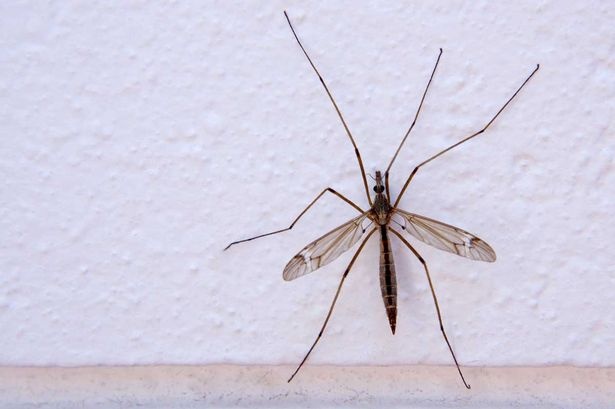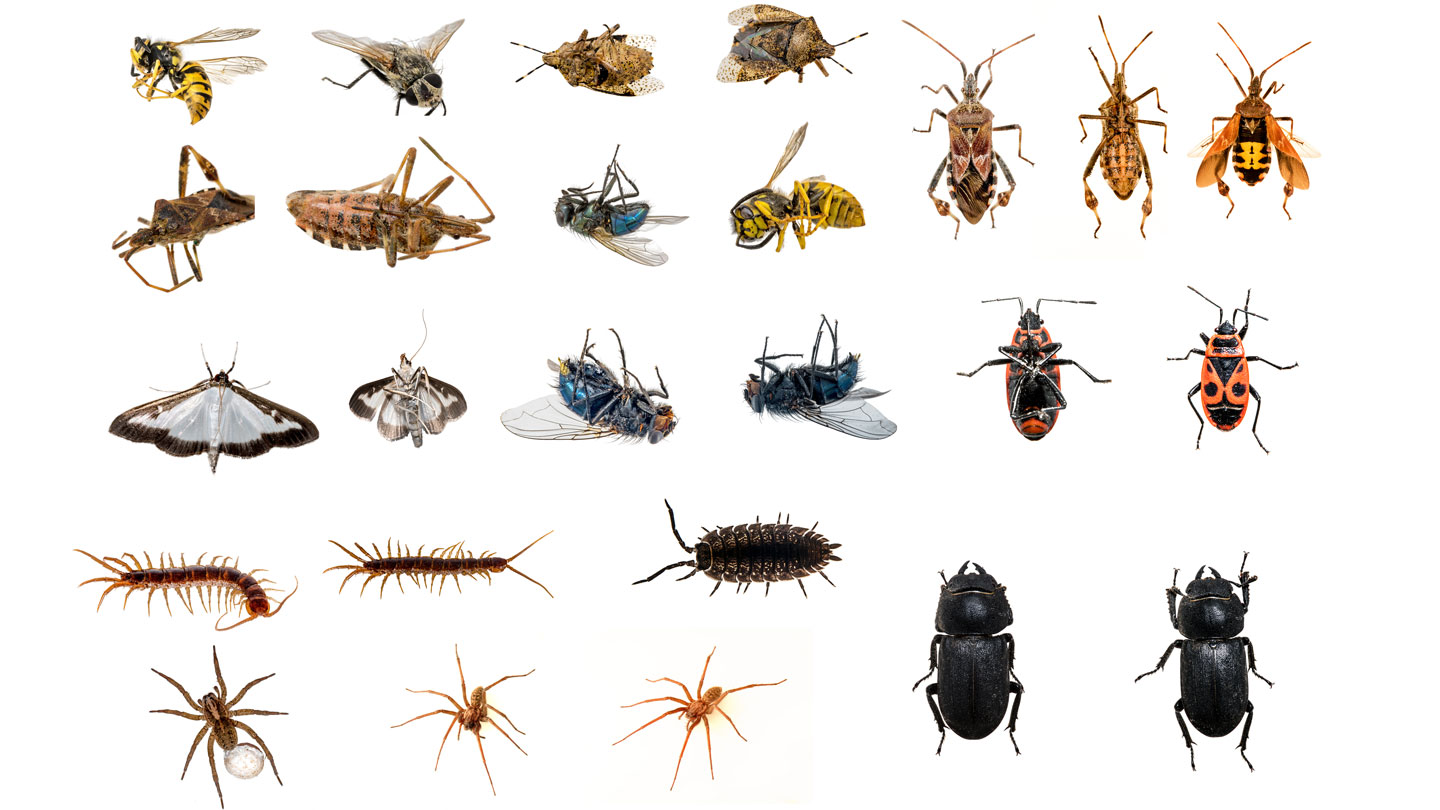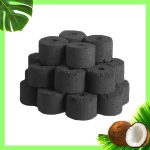What Are the Common Characteristics of All the Insects?
Insects are active members of the animal kingdom and cover more than 10 million insect species, of which 50% are classified as pests. They live in a wide variety of locations, deep oceans, deserts, rain forests, tropical islands, and near the homes. Insects have a concise life cycle between five days to four years, and they can be found in all types of environments, such as around water reservoirs or bodies of water.

Insects are among the most diverse and abundant animals found on Earth, with around 1 million species roaming about the planet. Insects exhibit a wide range of colors, shapes, sizes, and behaviors that make them unique creatures unlike anything else on Earth. Here is a look at the characteristics that all insects share in common, which you are required to know well so that you can get the Best Pest Control services if you face any problem related to any insect.
- All Insects have Three-Body Segments Labelled Head, Thorax, and Abdomen.
The first segment of insects is the head. It is the in which serves as the brain and contains the insect’s eyes, antennas, mouthparts, and sensory organs. Next, the thorax is segmented into three parts, each with its own set of legs. The thorax houses vital organs, including the heart and lungs. Finally, all insects have an abdomen which includes their sexual organs.
- All Insects have Compound Eyes made up of a Multitude of Individual Photoreceptors Called Ommatidia (pairs).
Each ommatidium contains a lens that bends light rays entering it and a cornea. The image formed by the lens is converted into electrical activity by the cornea and transmitted to an optic ganglion in the insect’s head, interpreted as an image. As a result, some insects have enormous and complex compound eyes with excellent visual quality. Others have smaller compound eyes with only a few ommatidia, providing them with less visual acuity. Additionally, the compound eye is subdivided into three sections, the dorsal, ventral and lateral.
- All Insects have antennae made up of a Multitude of Sensory Neurons (nerve cells).
The antennae are a structure on the head of an insect. It consists of multiple segments and contains sensory neurons, receiving and transmitting information to the brain. The antennae interact with the environment, particularly sensing chemical cues, air currents, and vibrations. Different insects have different segments in their antennae based on their species. For example, ants have at least five segments, while wasps and bees have only a few.

- All Insects Have Legs Made Up of Multiple Segments that are Used for Locomotion, i.e., Walking and Flying.
The insect’s legs consist of numerous segments which contain muscles, nerves, and joints that allow the insect to move around in the environment by walking or flying. The legs are more specialized and diversified in some insects, for example, dragonflies, grasshoppers, and cockroaches. Some of their legs have evolved into specialized structures like spines or “teeth” to capture prey or other functions. Other insects, such as the bristletail, are legless. Insects that do not have wings may have developed other structures to assist them in moving from one place to another.
These are some of the significant characteristics of all the insects that you need to know to consider the appropriate pest control services for your homes or gardens.



